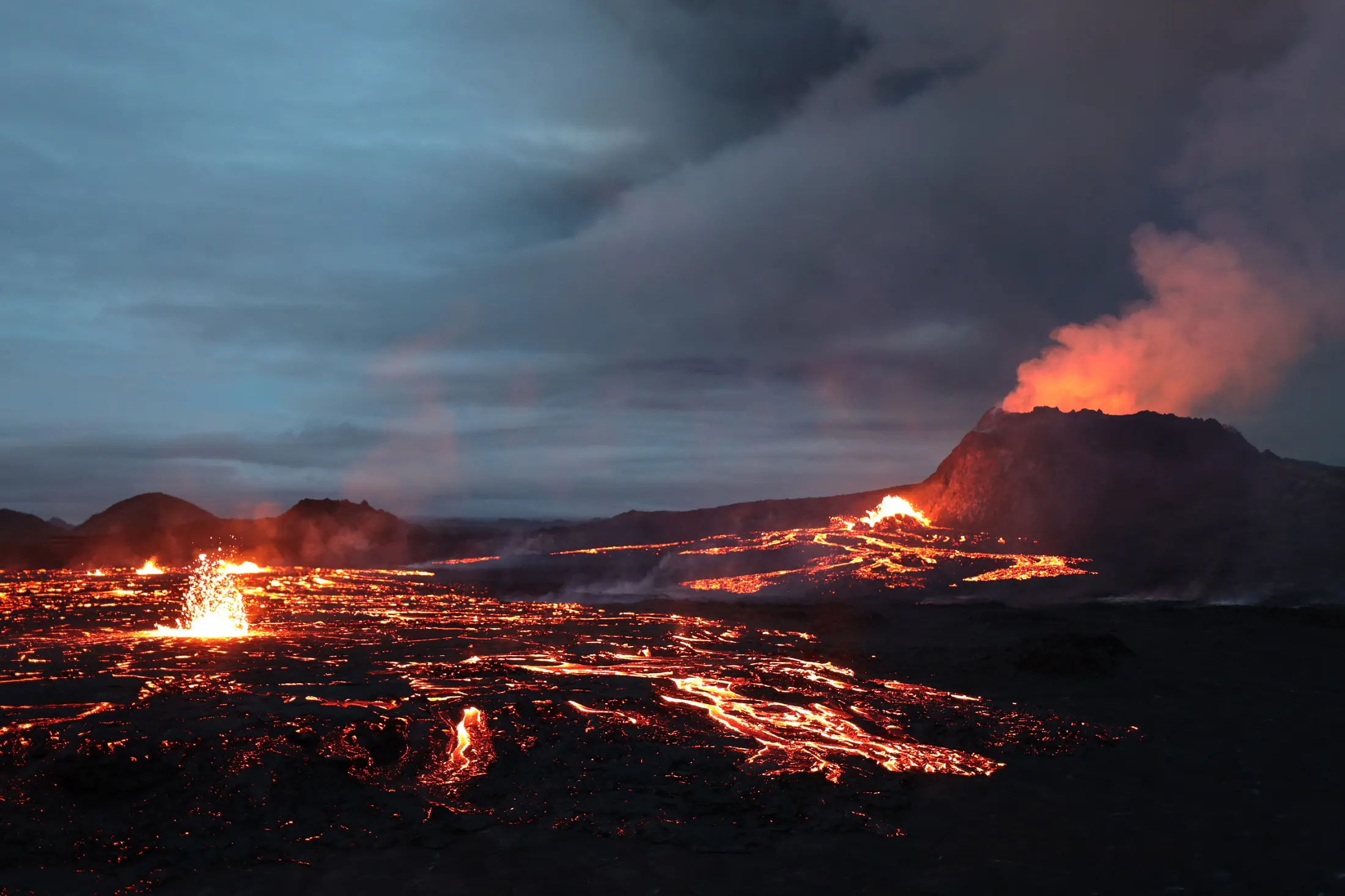The Challenge
Disasters, many of which are exacerbated by climate change are increasing in intensity and frequency, impede progress toward sustainable development, and impose significant risks on economic, health, and environmental at different time and geographical scales. More dedicated action needs to be focused on monitoring disaster risk drivers to improve preparedness for disaster response.
The Solution
The Earth Observations for Disaster Risk Management (EO4DRM) aims to promote the uptake of satellite data for disaster risk management activities relating to natural hazards. Outputs of this activity include a wide range of risk related information products on co-seismic or terrain displacement prior and during volcanic eruptions to information on flood depth/extent and receding flood waters.
Main users are grouped by their thematic interests:
-
Seismic hazards and risk
-
Volcanoes
-
Landslides
-
Recovery planning and monitoring








